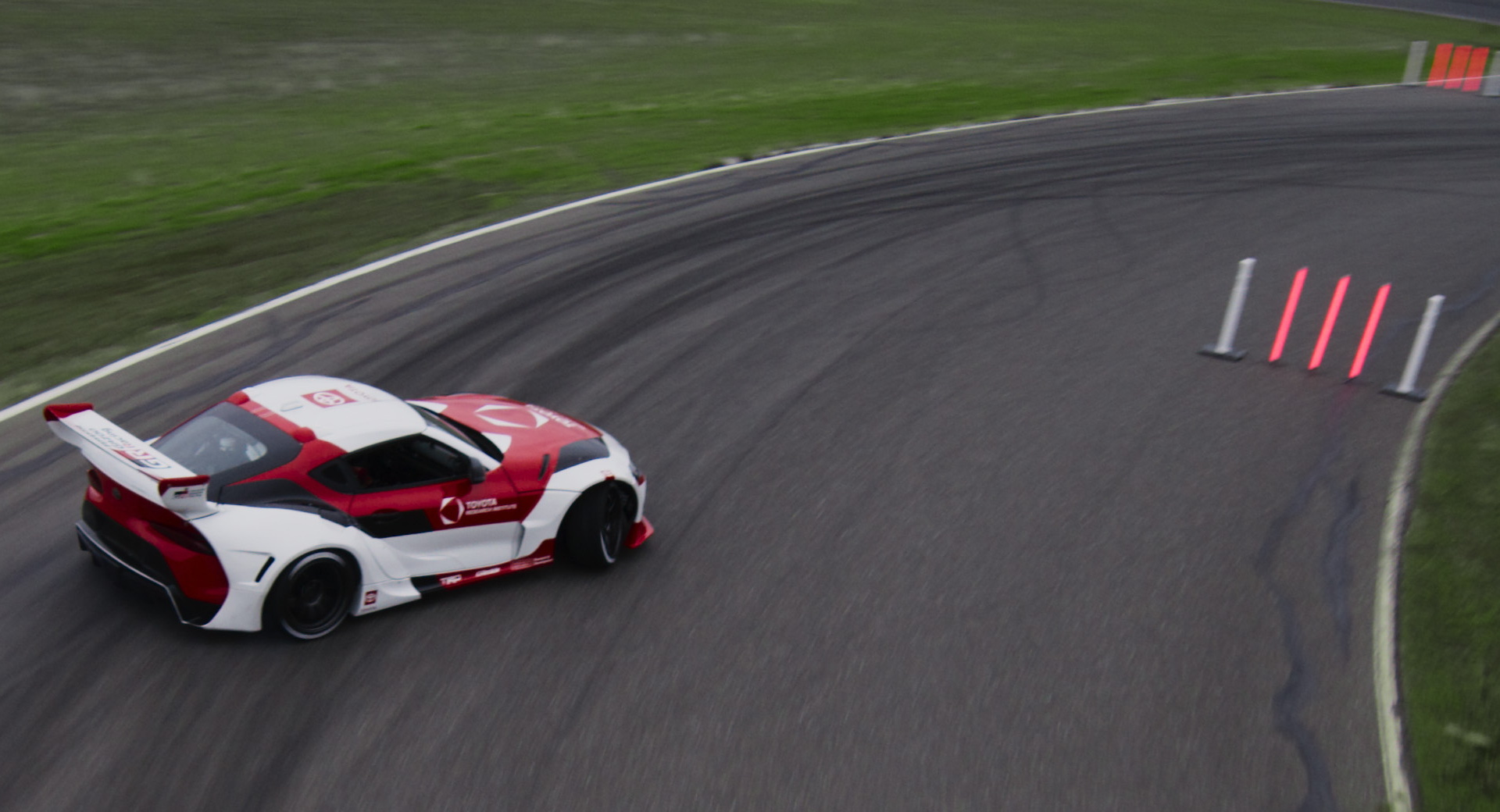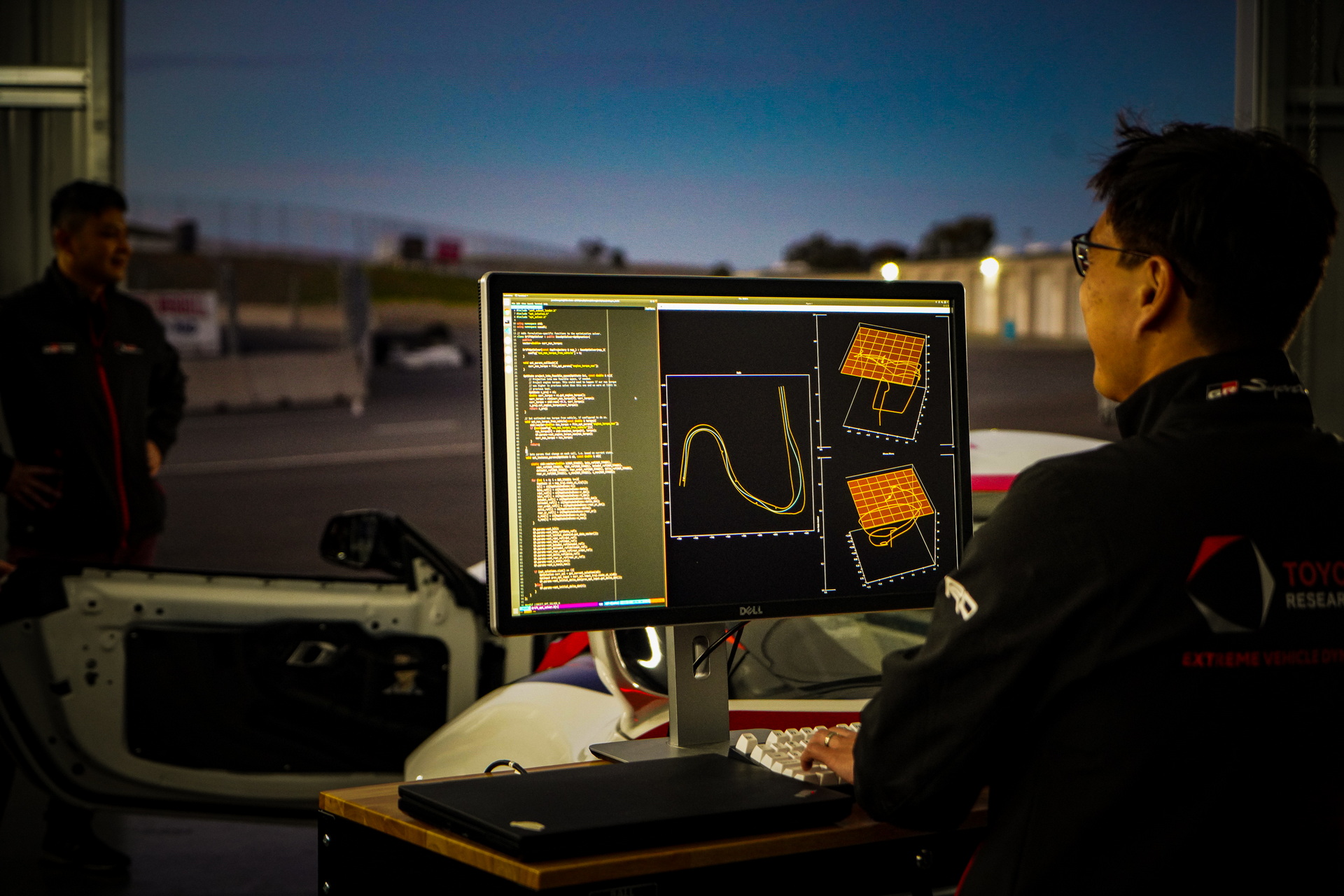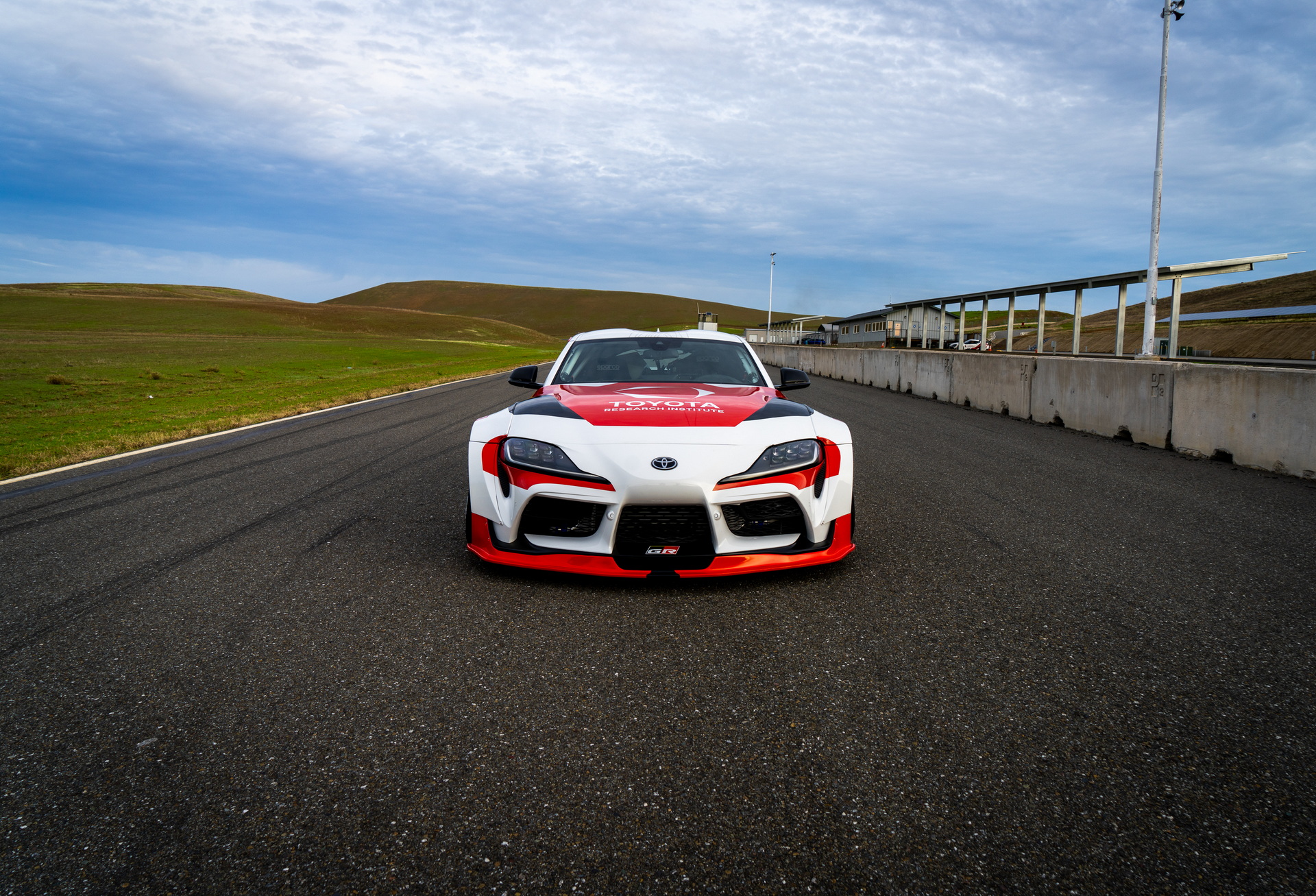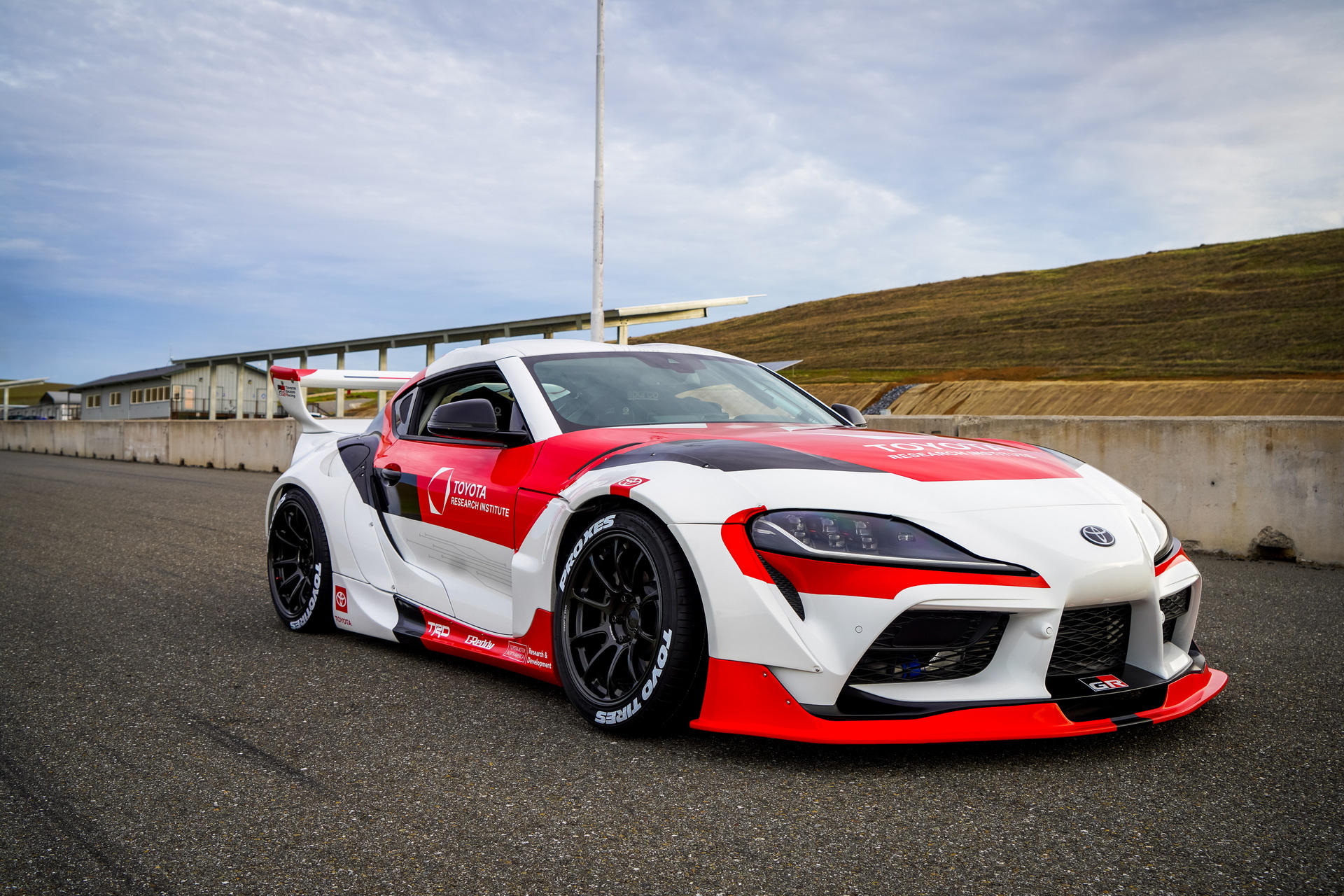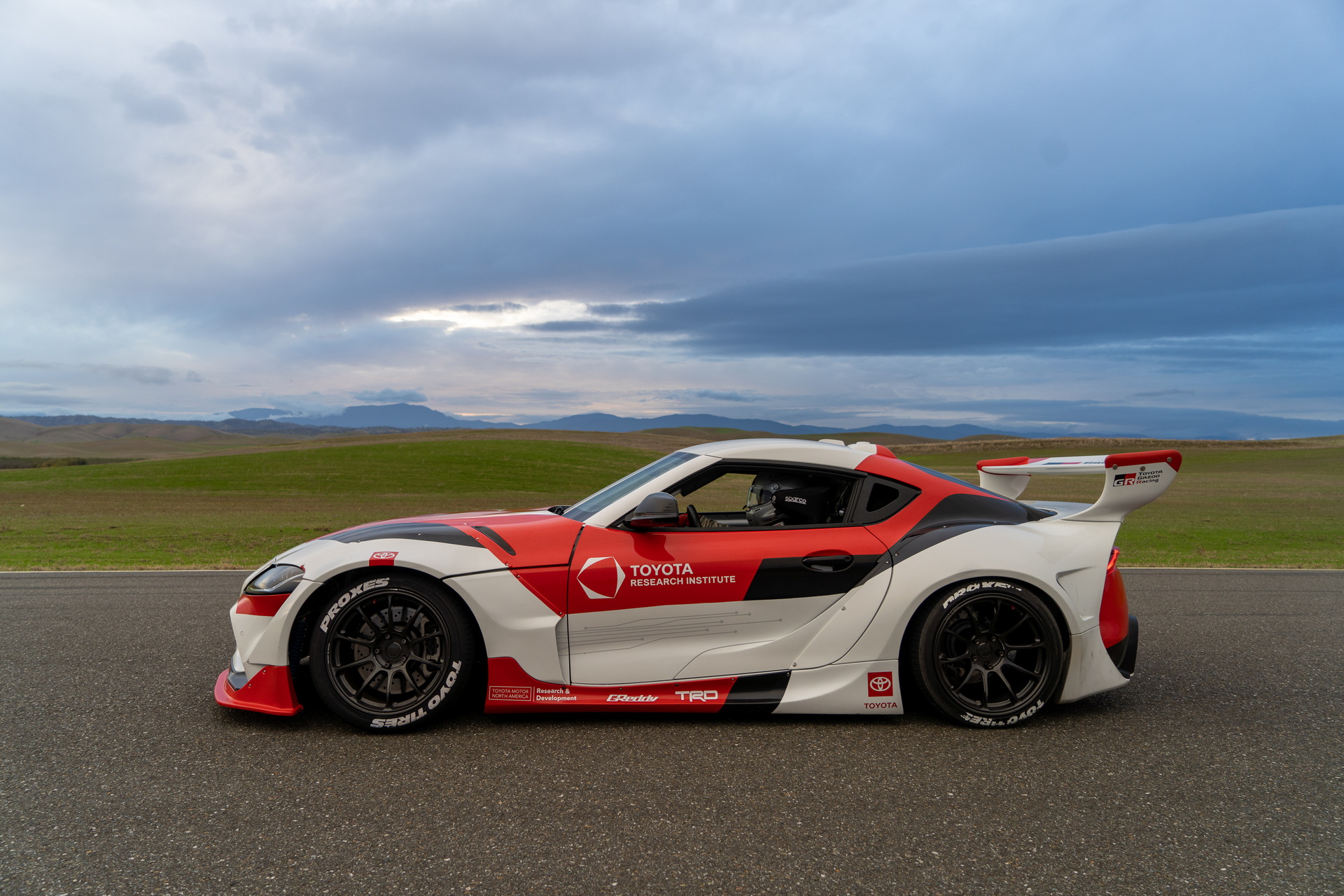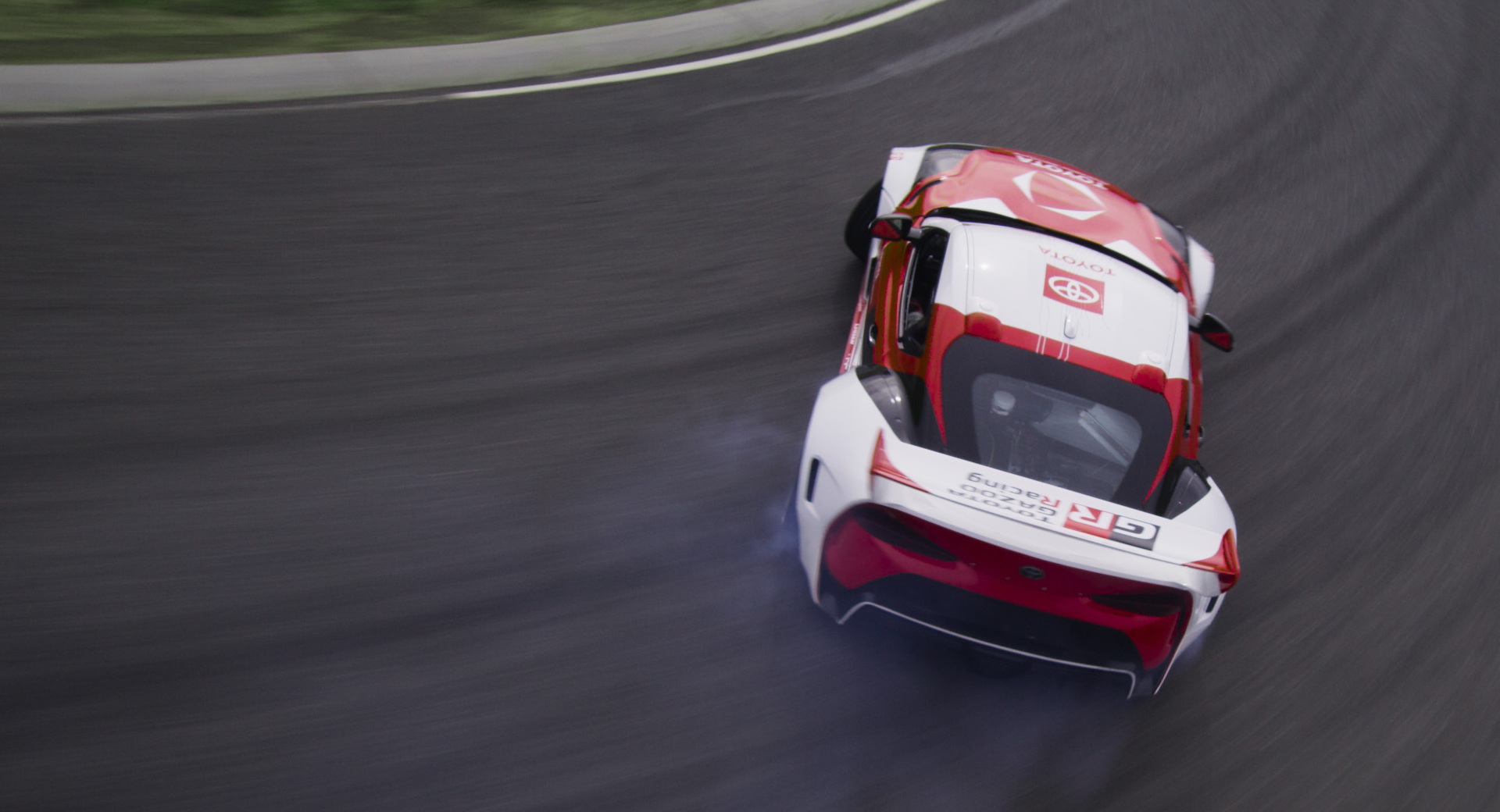Autonomous driving just became rad, as the Toyota Research Institute (TRI) today revealed that it has successfully managed to program a vehicle to drift around obstacles on a closed track.
The world-first autonomous drift may sound like a publicity stunt, but Toyota is actually taking it very seriously. The vehicle combines a lot of advanced technology, including TRI’s Nonlinear Model Predictive Control, to operate a vehicle beyond the limits of control.
Cars occasionally lose grip, especially in wet, snowy, icy conditions, but sometimes in the dry, too, when immediate evasive action must be taken. By teaching its vehicle to handle these situations, Toyota can make its advanced driver assistance systems more useful when they’re most needed.
Read Also: Toyota And Stanford University Want To Use Pro Drifters’ Experience To Improve Safety
“At TRI, our goal is to use advanced technologies that augment and amplify humans, not replace them,” said Avinash Balachandran, senior manager of TRI’s Human Centric Driving Research. “Through this project, we are expanding the region in which a car is controllable, with the goal of giving regular drivers the instinctual reflexes of a professional race car driver to be able to handle the most challenging emergencies and keep people safer on the road.”
Toyota worked with the Dynamic Design Lab at Stanford University to design the safety system and learned everything it could from the performance specialists at GReddy and drift legend Ken Gushi. Toyota says that it wants to give every driver access to the level of control that Gushi possesses over the vehicles he drives.
“When faced with wet or slippery roads, professional drivers may choose to ‘drift’ the car through a turn, but most of us are not professional drivers,” said TRI research scientist Jonathan Goh. “That’s why TRI is programming vehicles that can identify obstacles and autonomously drift around obstacles on a closed track.”
The vehicle they created is a specially customized Supra with computer-controlled steering, throttle, clutch displacement, sequential transmission, and individual wheel braking. The vehicle itself was modified in a way that is similar to vehicles used in Formula Drift.
This drift, then, gets TRI researchers closer to understanding the full spectrum of vehicle performance. The software they designed calculates a new trajectory every 20th of a second in order to balance a drift gracefully around a track, which in this case is Thunderhill Raceway’s 2-mile “West” track.




